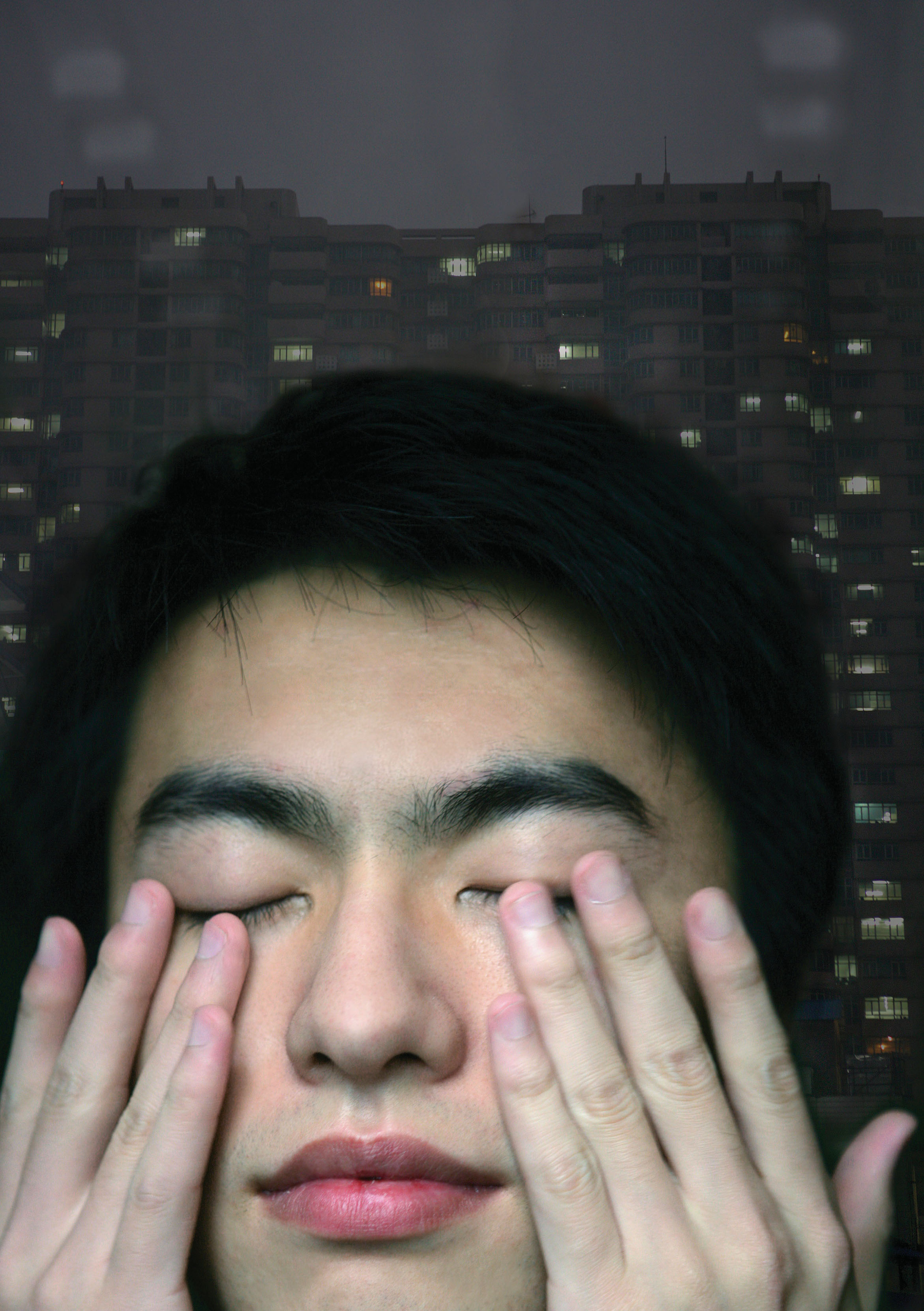Gender and Sexual Disorders
326

327
CHAPTER OUTLINE
Gender Dysphoria
What Is Gender Dysphoria?
Understanding Gender Dysphoria
Treating Gender Dysphoria
Paraphilic Disorders
What Are Paraphilic Disorders?
Assessing Paraphilic Disorders
Criticisms of the DSM-5 Paraphilic Disorders
Understanding Paraphilic Disorders
Treating Paraphilic Disorders
Sexual Dysfunctions
An Overview of Sexual Functioning and Sexual
Dysfunctions
Understanding Sexual Dysfunctions
Treating Sexual Dysfunctions
Laura and Mike have been married for a couple of years. They generally get along well, but lately their relationship has been strained. They both work long hours and are tired when they get home. They spend weekends doing household chores or sitting in front of the television or their computers. Laura and Mike aren’t spending much quality time together, and their sex life has become nonexistent. Their relationship has changed so much since they first started dating, when they were attracted to each other and enjoyed sexual relations. What went wrong, and what can they do to improve their relationship?
By its very nature, human sexuality emerges from a confluence of neuropsychosocial factors. Neurologically, sexuality relies on the actions of hormones and brain activity. Psychologically, sexuality arises from the desire to be sexual with a particular person, in a certain situation, at a specific moment. Fantasies and thoughts, body image, the subjective sense of being male or female—all these factors and others influence sexuality. Similarly, concerns about reproduction, infertility, or sexually transmitted diseases and past experiences related to sex, such as sexual abuse or rape, also affect a person’s sexuality.
Moreover, sexuality is ultimately social: It involves relationships. In fact, even during solitary masturbation someone’s thoughts and fantasies usually involve other people. Sexuality is influenced by general emotional satisfaction with a partner, moral and religious teachings about sexuality, and cultural views of appropriate sexual behavior (Malatesta & Adams, 2001). Such conditions and circumstances are ultimately rooted in social factors.
Abnormalities in sexuality and sexual behavior are influenced by all these neuropsychosocial factors. For instance, a person’s brain (and, as a result, his or her body) may not respond to sexual stimuli in the usual way or may respond sexually to stimuli that are not generally considered to be sexual in nature (such as shoes). Similarly, some people may have sexual fantasies that disturb them, or they may have difficulties with sexual functioning that lead to distress or problems in their relationships. In addition, families, communities, and cultures determine which sexual fantasies, urges, and behaviors are considered “deviant” or “abnormal.” These socially defined sexual “abnormalities” differ across cultures and shift over time. For example, masturbation and oral sex were once considered to be deviant. More recently, homosexuality was considered a psychological disorder until 1973, when it was removed from the DSM. Moreover, like most other psychological problems and disorders, normal and abnormal sexuality and sexual behavior fall on a continuum. However, DSM-5 relies on the categorical approach to define sex-related and sexual disorders; that is, according to DSM-5, sexual fantasies, urges, and behaviors are either normal or not normal.
328

John Eastcott & Yva Momatiuk/National Geographic/Getty Images
As we’ll see in this chapter, the diagnosis of most—although not all—gender or sexually related disorders in DSM-5 hinges on the patient’s experience of distress (or, in some cases, impaired functioning) as a result of the symptoms (First & Frances, 2008). Simply having unusual or “deviant” sexual fantasies or engaging in unusual sexual behaviors is not generally sufficient for a diagnosis. Moreover, some disorders (specifically, some of the sexual dysfunctions) have predominantly neurological and other biological criteria, whereas others (the paraphilic disorders and gender dysphoria) have primarily psychological and social criteria. We examine these disorders in the following sections.